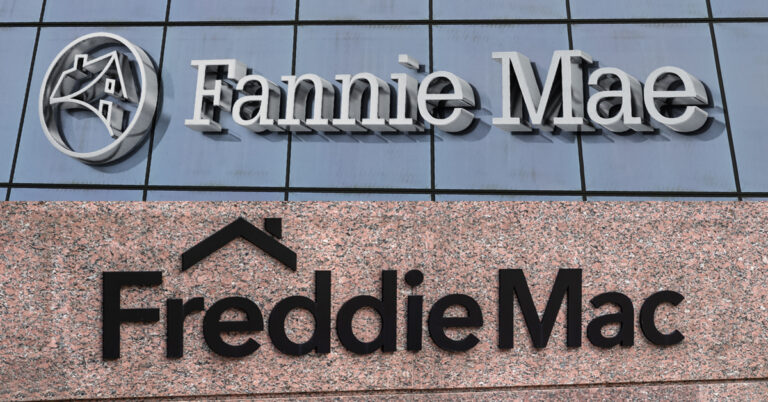The Consumer Price Index (CPI), a key metric utilized by the Federal Reserve to gauge the price fluctuations of goods and services over time, rose 3.2% year over year in October. This was a lower-than-expected annual increase and a signal that the tight grip of inflation on the U.S. economy is loosening.
The year-over-year change in the CPI, which measures a broad swath of consumer commodity prices (from food and apparel to shelter and medical care), saw a noteworthy decrease from September, when it rose 3.7% on an annual basis. The short-term read on the CPI was also positive, with the index remaining flat month over month — the first time inflation was unchanged on a monthly basis since July 2022.
Polled economists had a consensus projection of a 3.3% annual increase and a 0.1% monthly increase.
Monthly inflation was kept in check partly due to a 5% drop in the price of gasoline, a regression from a large increase in August that was due to crude-oil supply issues. Core CPI, which excludes volatile food and energy prices, rose 0.2% from September to October after increasing by 0.3% for two consecutive months.
Year over year, the core CPI rose 4% in October, down from 4.1% one month prior for its smallest annualized gain since September 2021. The annual core increase also came in below expectations, with economists anticipating a yearly gain of 4.1%.
Add it all up and it’s a positive inflation report for Federal Reserve watchers who hope that the central bank’s cycle of hawkish interest rate policy has finally reached its end.
“Thanksgiving came early this year in the form of an inflation report that should allow the Federal Reserve the necessary breathing space to leave the Fed funds rate unchanged at their December meeting,” said Marty Green, principal at mortgage law firm Polunsky Beitel Green.
“We have believed for some time that the Fed is done raising rates this cycle, and this report supports that thesis,” Green added. “We expect the Fed to continue to keep their rhetoric about their readiness to raise rates if necessary, but believe, based on the trend of recent reports, that they will see little reason to do so.”
Green noted that the housing components of the CPI, which measure rents for primary residences and owner-equivalent rents (how much rent a property owner would theoretically have to pay to equal their monthly ownership expenses), are finally beginning to show the effects of the Fed’s policy changes.
“The index for shelter increased 0.3% month over month and 6.7% year over year, continuing its slow deceleration,” said Ksenia Potapov, economist for First American Financial Corp. “Shelter inflation lags observed prices by approximately six to 12 months. One year ago, annual rent growth was at 10%, while today it’s at 3%.”
Potapov foresees that softening shelter prices should continue to help soften inflation, putting less pressure on the Fed to be aggressive.
“As we head into 2024, rent and house price declines from the past year will increasingly drag down overall inflation,” she said. “At this point, the Federal Reserve’s greatest inflation-fighting virtue will be patience.”
Author
-

Arnie Aurellano is the former digital news editor at Scotsman Guide Inc.





